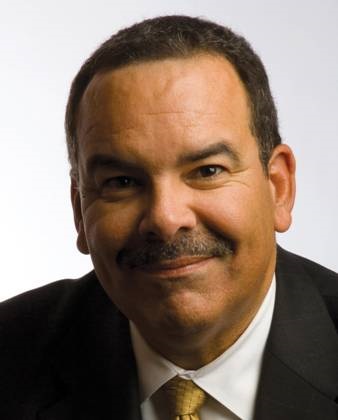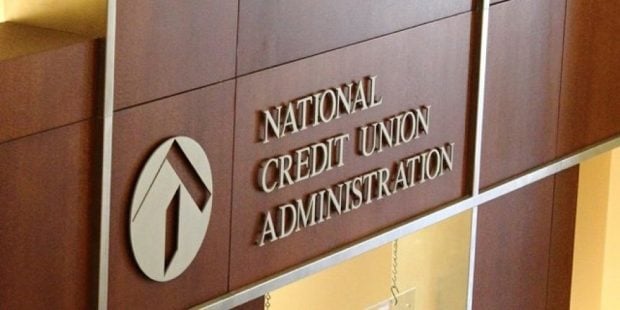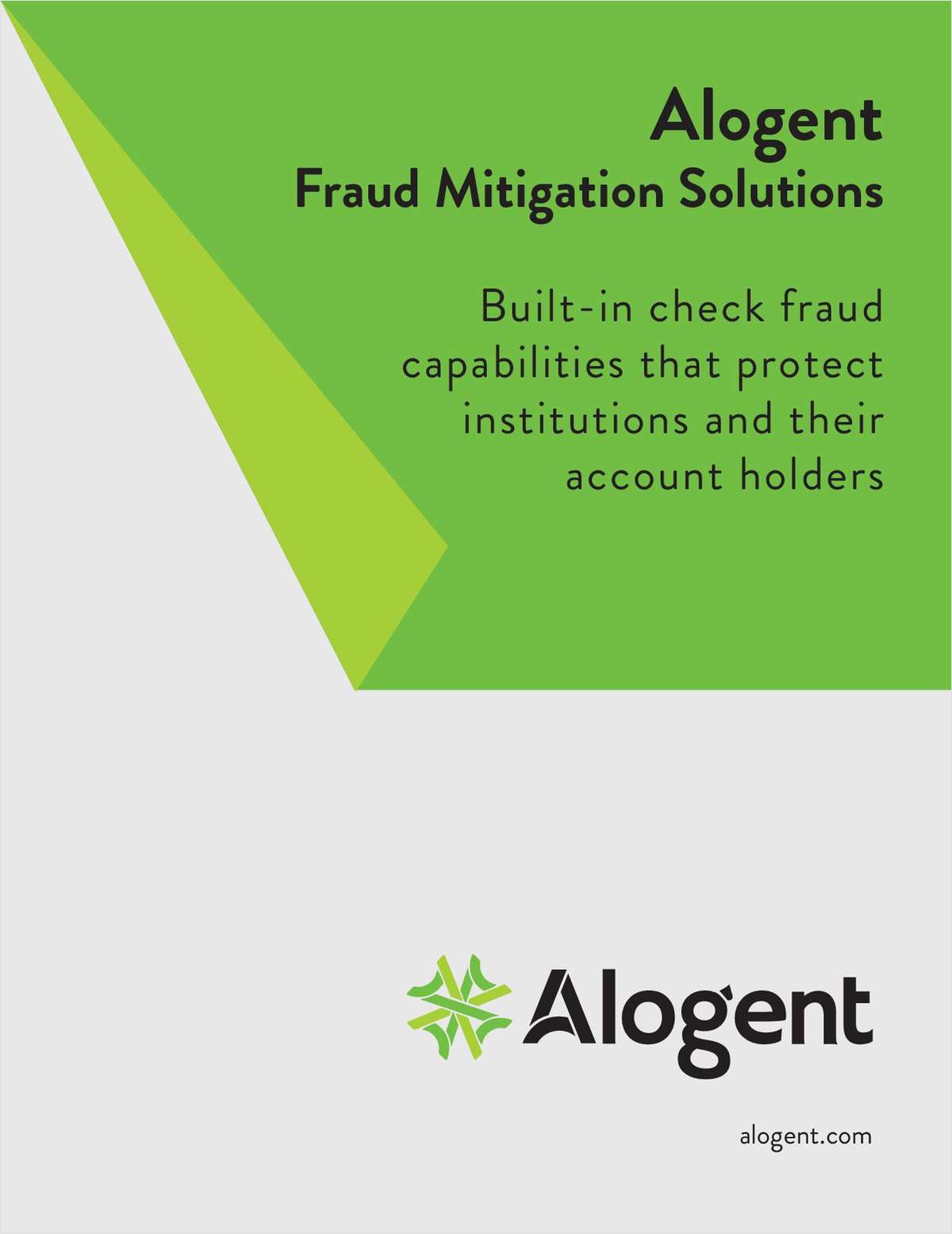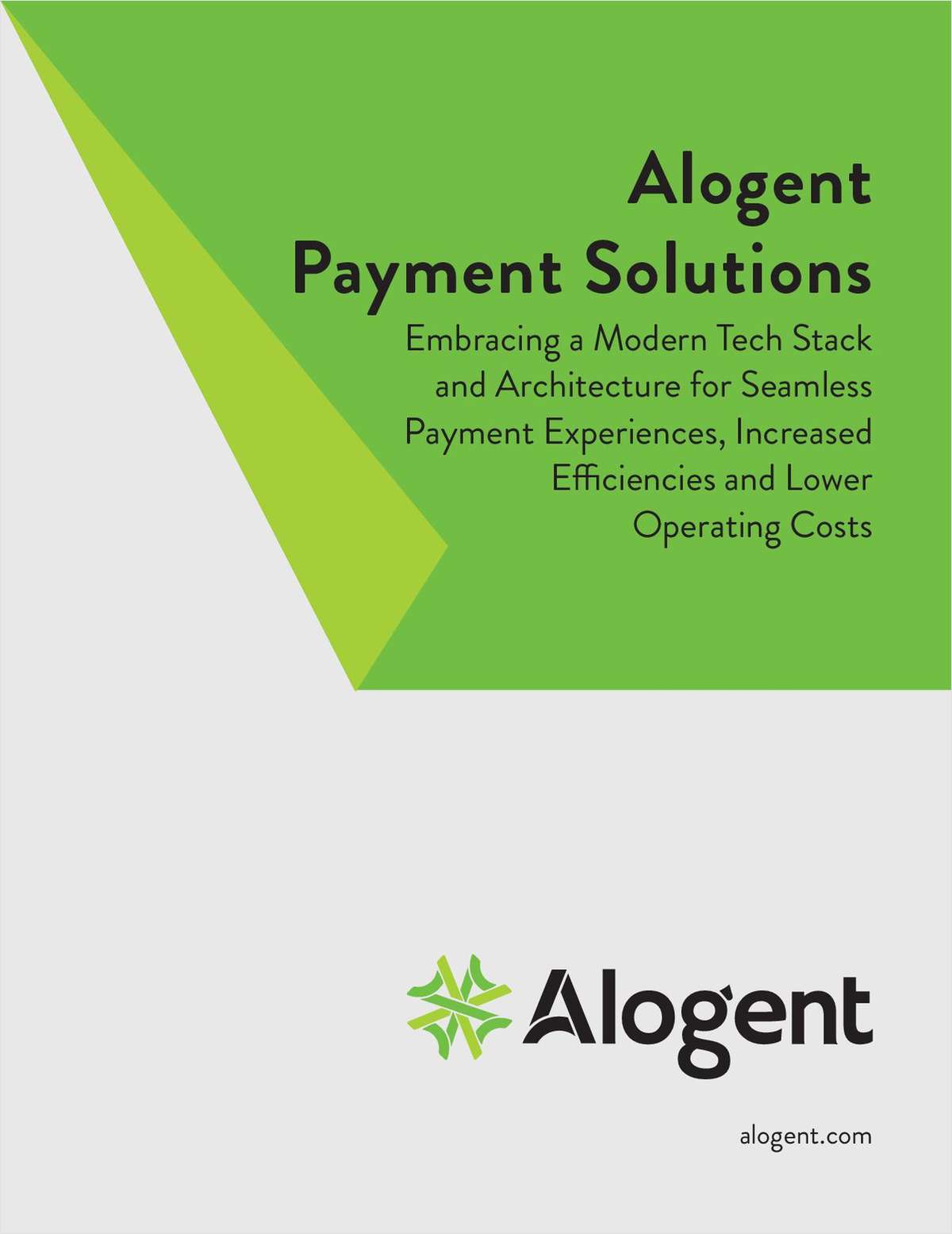 Despite an industry facing trends to the contrary, Gary Perez is upbeat about the future of private student loans at his credit union. And he isn't alone among credit union executives.
Despite an industry facing trends to the contrary, Gary Perez is upbeat about the future of private student loans at his credit union. And he isn't alone among credit union executives.
As president/CEO of USC Credit Union, which serves students, faculty, staff and alumni of the University of Southern California, Perez didn't always feel positive about what critics describe as the latest financial bubble ready to burst.
Until recently, in fact, $370 million USC CU, which serves 62,000 members from its Los Angeles headquarters, was in the process of “sunsetting” a student loan initiative that once made USC CU the largest credit union participant in the Federal Family Education Loan Program .
On Oct. 4, Perez met with his asset/liability committee to examine the performance numbers for the credit union's existing student loans, which dropped from a height of $350 million in 2008-09 to a current portfolio of around $80 million. What they discovered has caused a change of heart for the credit union veteran.
“With a delinquency rate less than 2%, our portfolio has performed much better than any reasonable person would have anticipated given the severity of the economic downturn,” said Perez. “If our losses were lower than anticipated, that validated the point where we can remove some of our conservative shields and start helping members again with this critical product.”
USC CU and other credit unions that believe in a brighter future for student loans sit at the center of a maelstrom in which major lenders such as J.P. Morgan Chase and U.S. Bank have exited the market.
Even other credit unions have become gun-shy when faced with a loan category that, at an aggregate $1 trillion, is second only to home mortgages as the highest level of U.S. consumer debt.
“We were once at $100 million in student loans,” said Greg Smith, president/CEO of the $4.2 billion PSECU in Harrisburg, Pa., which formerly was one of the nation's top 100 FFELP participants. “Now we have about $20 million in student loans and we're slowly easing ourselves out of the market.”
Not all credit unions see such a dark horizon. In fact, student loans are on the rise, according to NCUA data.
Private student loan activity among federally insured credit unions has risen significantly over the past two years, growing from about $1.5 billion in December 2011 to slightly more than $2 billion in December 2012, an increase of almost 36%.
In the first six months of 2013, the total rose nearly 13% more, to slightly less than $2.3 billion.
Delinquency rates were 1.29% in December 2011, 1.36% in December 2012 and 1.2% in June 2013. Loan charge-offs were even less.
Student loans have attracted the attention of $5 billion CEFCU in Peoria, Ill. The credit union, which serves 280,000 members in central Illinois, began offering student loans in a market where almost no banks or credit unions had such a program., according to Katie Mueller, CEFCU's private student loan manager.
“The growth that we have seen since starting our program in February 2011 has been outstanding,” said Mueller. ”We projected reaching $20 million in five years and we did $24 million in three years. We are very excited.”
Complete your profile to continue reading and get FREE access to CUTimes.com, part of your ALM digital membership.
Your access to unlimited CUTimes.com content isn’t changing.
Once you are an ALM digital member, you’ll receive:
- Breaking credit union news and analysis, on-site and via our newsletters and custom alerts
- Weekly Shared Accounts podcast featuring exclusive interviews with industry leaders
- Educational webcasts, white papers, and ebooks from industry thought leaders
- Critical coverage of the commercial real estate and financial advisory markets on our other ALM sites, GlobeSt.com and ThinkAdvisor.com
Already have an account? Sign In Now
© 2024 ALM Global, LLC, All Rights Reserved. Request academic re-use from www.copyright.com. All other uses, submit a request to [email protected]. For more information visit Asset & Logo Licensing.









